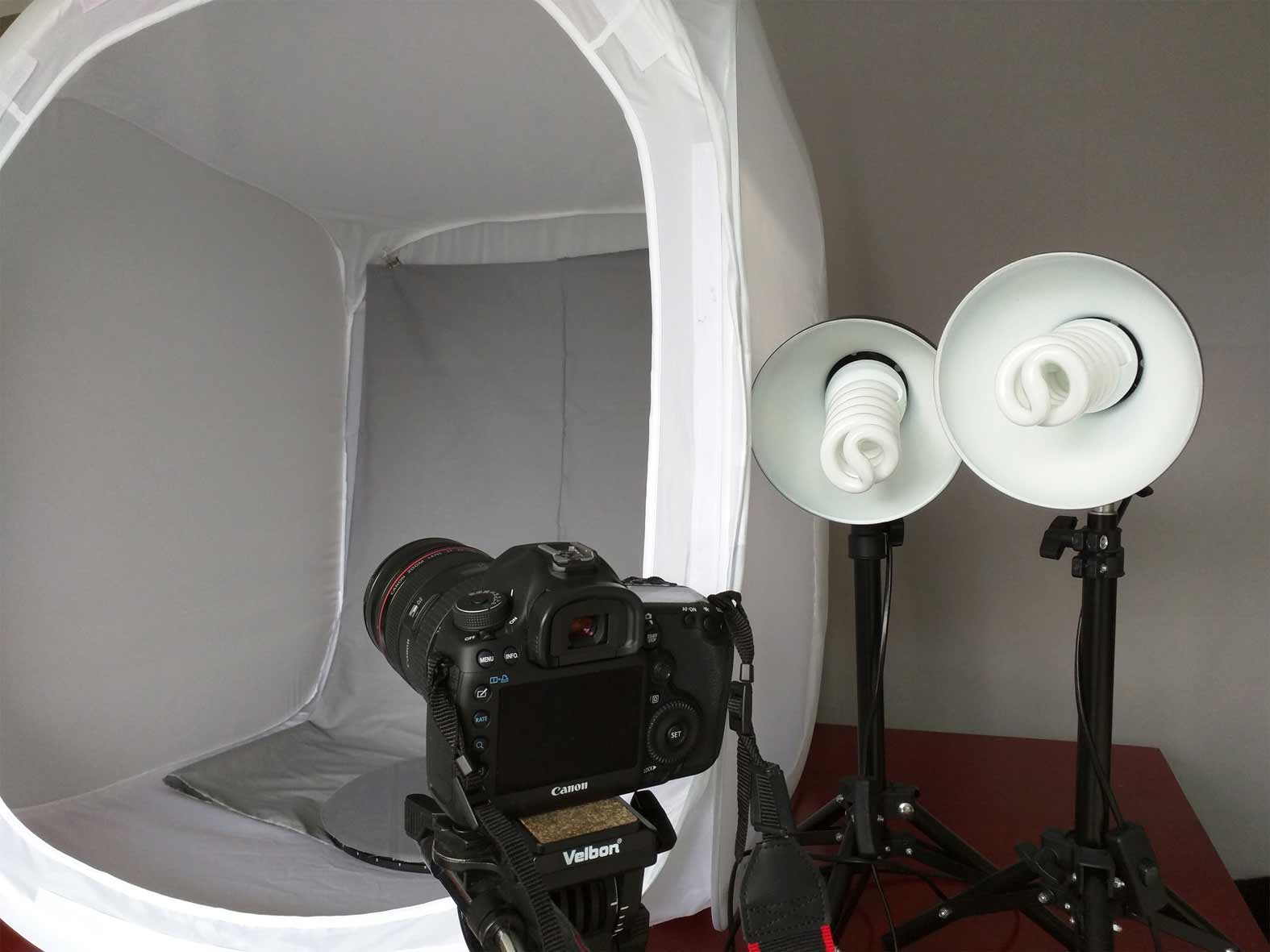Equipment
 Camera
Camera

I'm using a Canon Mark III however, any DSLR should do the trick.
The most important thing is the camera settings, regardless of the model there are some things you need to ensure...
Firstly, a deep depth of field, preferably no less than f/12 to capture the most detail possible.
Secondly, use minimal ISO to reduce noise and increase clarity. This requires good lighting, I'll come back to this later.
Thirdly, fix your lens to 50mm. From my research this seems to be the recommended setting. If you're using an adjustable lens you can ensure this doesn't slip by fixing a small piece of tape to the lens.
Finally, shutter speed. Always try a slower shutter speed before increasing your ISO. There is no definite number for this setting. It requires some experimentation to make sure the image isn't over or under exposed. I often use a very slow shutter speed so a camera remote can be a handy extra to avoid camera shake.
! Where possible, I recommend shooting in RAW for post-processing (see the next section Photography > 'Process')
Remote control
This has become an essential item when taking photographs for photogrammetry. I often use a slow shutter speed so even the slightest wobble on the camera can affect image sharpness.
Use a remote control to ensure your images are as sharp as possible
Tripod
For this workflow it is essential that the camera remains in a fixed position. You'll need a tripod which can reach above the object. I often work at table height so use a full size tripod.
Lighting
As mentioned earlier, good lighting is essential as harsh shadows and strong highlights need to be avoided. I often experiment with different lighting for different objects, and recommend spending time at this stage. For this statuette I'm using two 40w daylight lamps positioned either side of the tent which I bought as part of a kit. Often, I add a third light to the top of the tent (placed outside the tent and shining directly down on the object) and for smaller objects, have used a ring-flash with successful results.
Try using a Ring Flash for small objects with hard-to-reach, shadowy areas
Light tent
For this statuette I am using a 75 x 75 x 75cm pop-up light tent.
Backing fabric
I have found a monochrome backdrop helps PhotoScan to distinguish the object from the background. The backdrop should be a different shade to the object, and I have used the same muted grey colour for all the objects I have digitised to date. In the past I experimented with green backgrounds, but found this left green reflections on the model's surface texture.
Specialist photographic backdrops are not necessary, but do ensure that you use a matt fabric. You will also need to cut a circle of the same fabric to put on your turntable.
Turntable
Purchase a turntable and mark the bottom disk at ten degree increments. Place one mark on the top disk to help you keep track. This turntable is 30 x 30cm and was purchased in a homeware shop.


Turntable marked at ten degree increments
Other / additional items
The following items aren't necessary for matte objects such as the statuette used in this guide. They might, however, be useful for future projects.
Circular Polarizer
A circular polarizer can help reduce reflected light from objects with a shiny surface. Bear in mind, it will reduce the light reaching your camera's sensor by two to three f-stops so you'll need to add more light and/or choose a slower shutter speed.
Use a circular polarizing filter to reduce reflected light